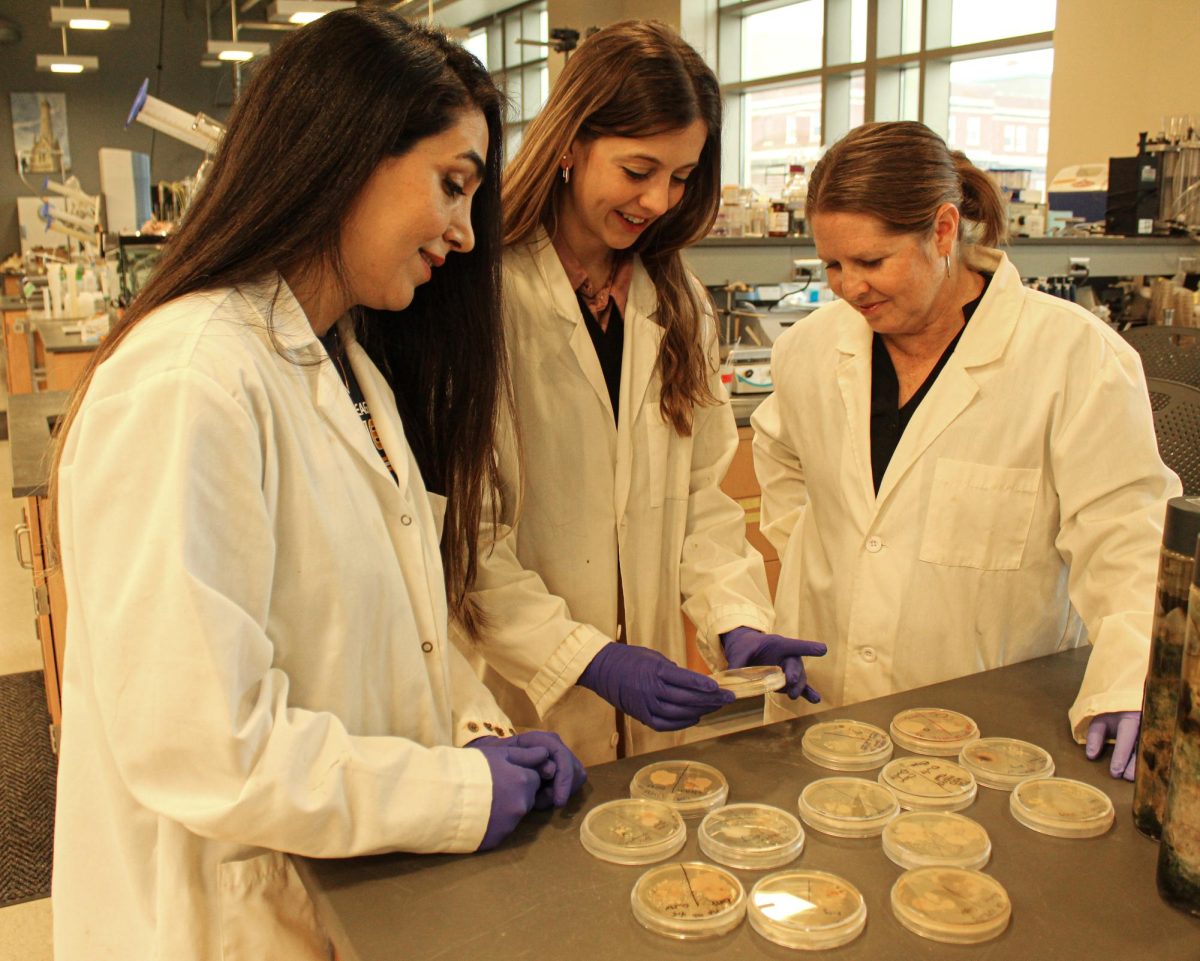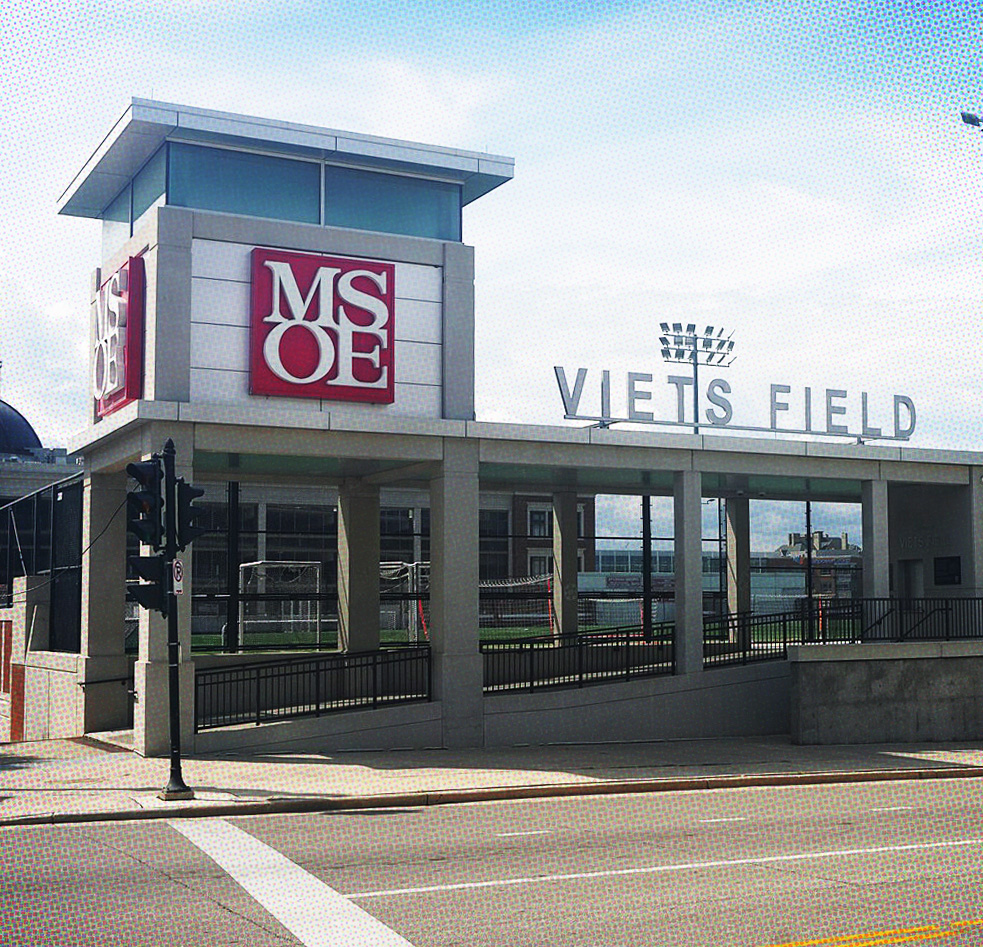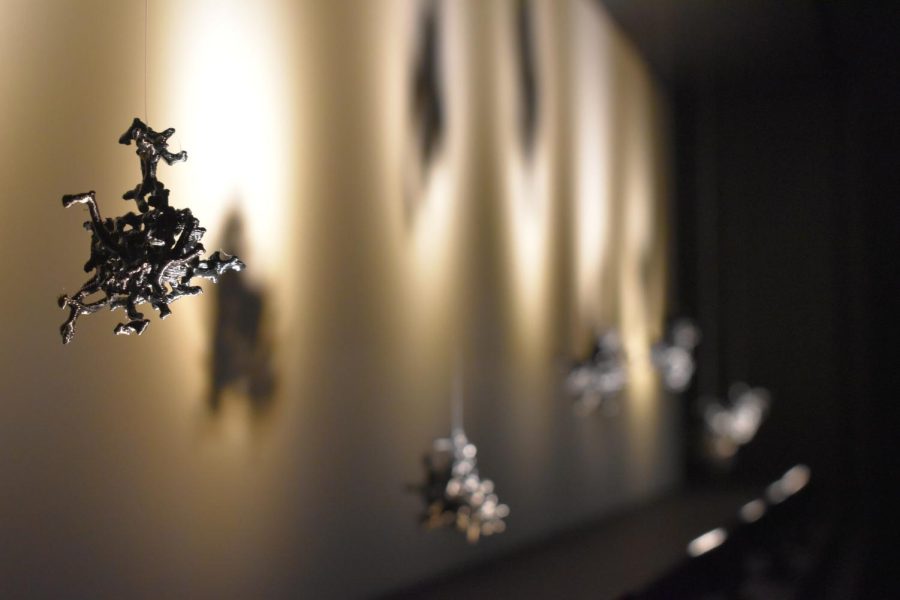The concept sounds like something out of a science fiction movie: pressing a button and any image becomes materialized. 3-D printing is a process of manufacturing that has recently caught the public’s interest. It’s giving a fresh face to science by showing how mathematical and technical formulas can create concrete objects we can hold and touch.
Fortunately, Marquette’s College of Engineering houses three 3-D printers. Here’s an exclusive glimpse into the history, process and future of manufacturing.
3-D printing has become a modern luxury, but its origins go back to the early 1980s. At that time, the 3-D printing was given the term Rapid Prototyping technology. Only around the year 2007 were 3-D printers being built for the mainstream society and acquired by Marquette.
In the Discovery Learning Laboratory, tucked away behind a handful of glass doors are the three printers. The College of Engineering bought its first printer in 2006 and the second two in 2010, all from the company Stratasys. Two of them are big enough to tower over someone 5 feet 7 inches and the smaller one is placed on a nearby shelf.
To begin creating, you need to get permission from “gatekeeper” Tom Silman.
Silman is the Operations Engineer for the College of Engineering. An alum of Marquette for undergraduate and postgraduate studies, he decides who can or cannot use the printers. If a project’s parameters are acceptable, Silman gives the green light. Silman said he has seen the printer being used for an array of projects.
“You name it, we’ve made it,” said Silman as students from all over the college have made bracelets, iPhone holders, geometric forms and electrical housing.
The material used is called acrylonitrile butadiene styrene. This type of hard plastic can be found in Lego building blocks and keycaps on keyboards. This material is expensive because Marquette buys high quality ABS for around $250, making Silman’s job especially important. He makes sure Marquette doesn’t spend unnecessary amounts of money to supply the printers.
There are many ways to 3-D print, but Marquette uses Fused Deposition Modeling. The FDM method takes the ABS, which comes in a big spool, and feeds it through a hot funnel, similar to how a baker applies frosting to a cake. It’s a slow process — a block the size of one’s thumb can take about an hour to complete.
For now, the main purpose of 3-D printing is for prototyping. It allows the engineers to see a tangible result of their theories and formulas. In the context of commercial manufacturing, the people who create the product have a clear idea of what they’re making before they go produce it in bulk.
Jacob Krakauer, a junior in the College of Engineering and member of Marquette University Spacecraft Engineering Club, is one of the many students who have used the printers in the past for the club’s rockets.
The technology is only improving, and the process is becoming more accessible and cheaper. Tony Bowman, a mechanical engineer researcher professor and Marquette Alumni said of 3-D printers: “the more people who use them, the more ideas are generated. More minds equal more innovation.”





